Beautiful and/or inspiring and/or thought-provoking things that do not easily fall into the traditional categories of art, craft, and design. Tweeting art, craft, and design news @JenScanNYC. Avatar image by Pamela Campaga. “One should not be too distracted by definitions. Ideas transcend definitions.” - Neil deGrasse Tyson
Don't wanna be here? Send us removal request.
Text
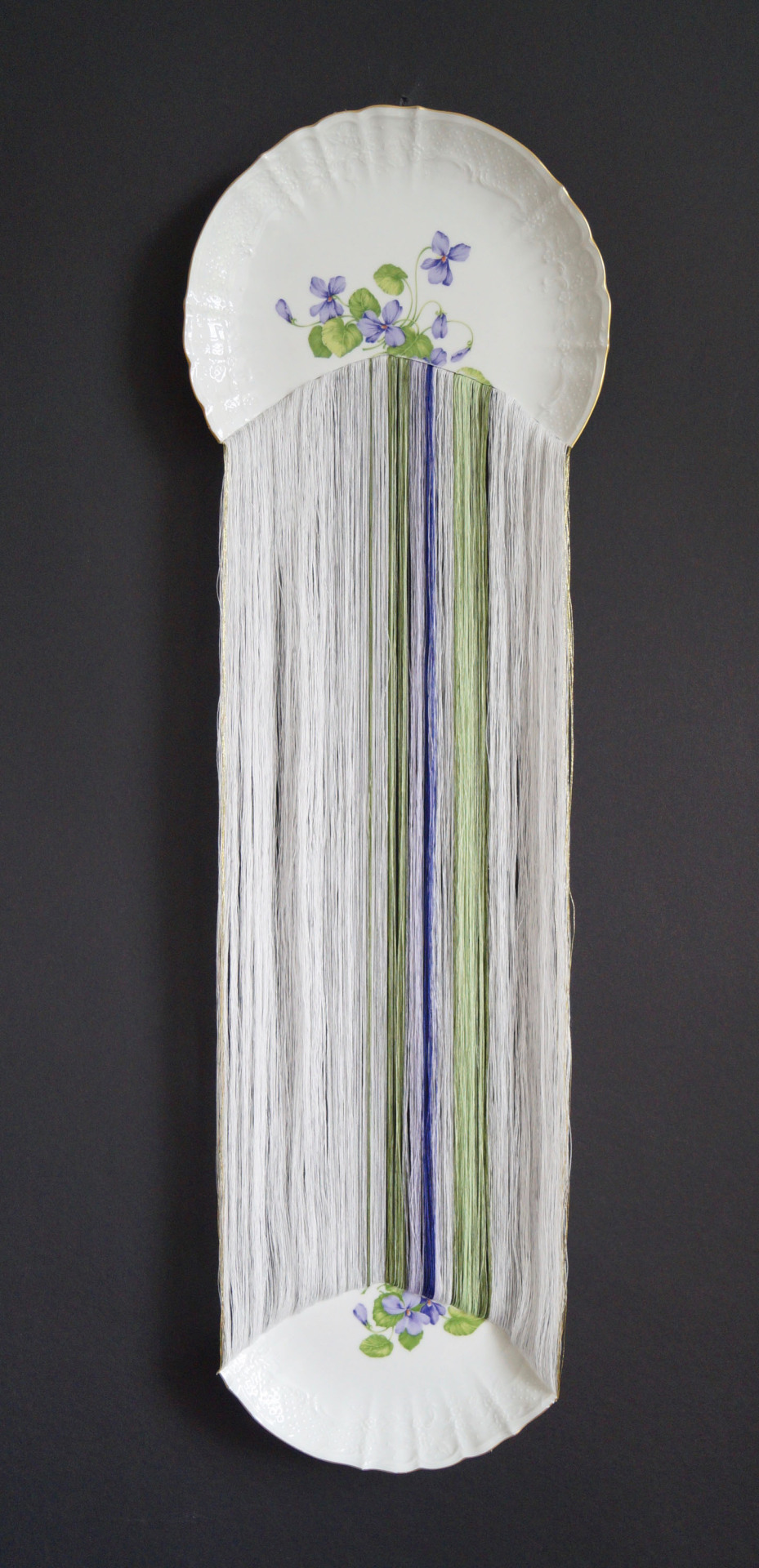
Through Porcelain Shards and Hundreds of Threads, Helena Hafemann Shatters Notions of Value
1K notes
·
View notes
Text



0 notes
Text
JEWELLERY DEPICTED
2009-12
A collection of photography and accompanying jewellery. Each photograph is a modern day re-interpretation of a historical painting where jewellery is at the centre of the image’s meaning. Accompanying jewellery act as key props within each of the images. When depicted in the photograph the jewellery appears traditional and unremarkable, but experienced physically we witness illusion is at work.










0 notes
Text



2 notes
·
View notes
Text
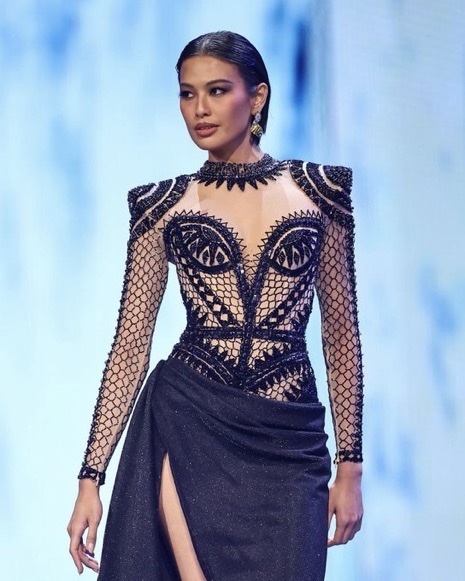
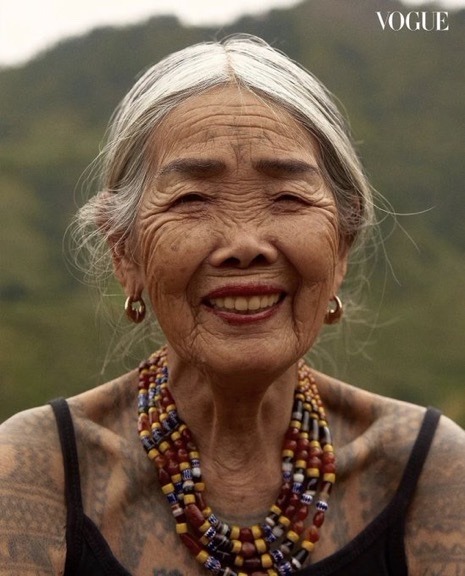

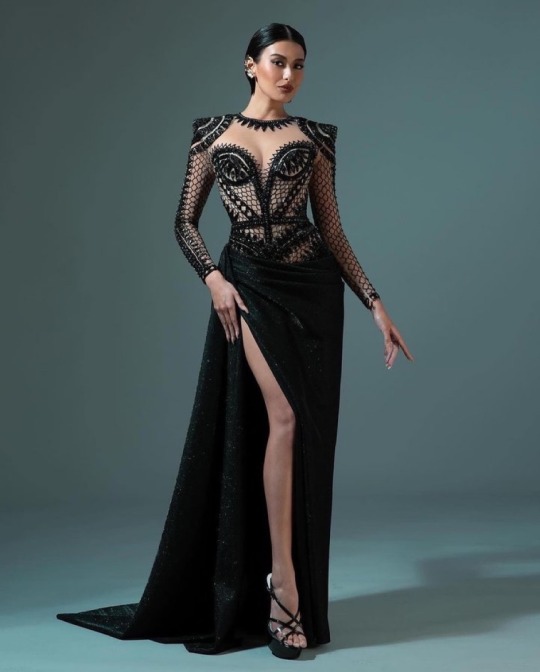
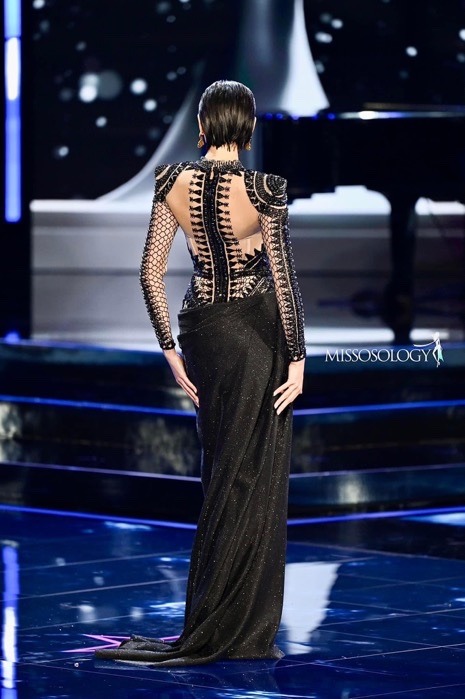
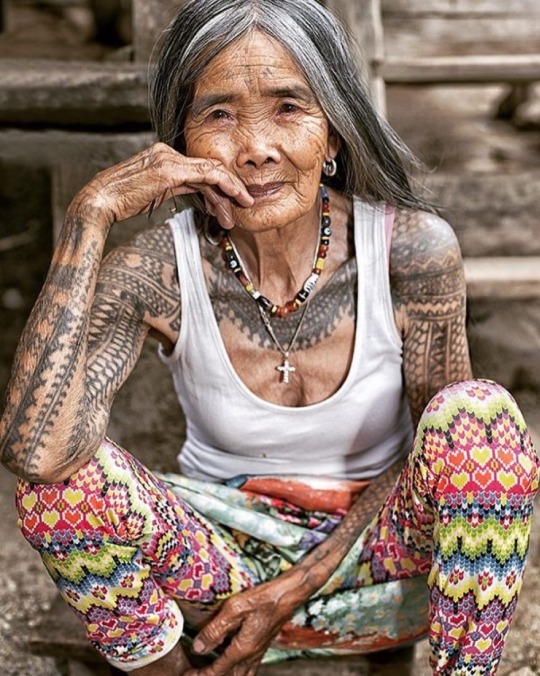
Michelle Dee, Miss Phillipines 2023, wore a dress as a tribute to the last and oldest living Kalinga (Indigenous Filipinos) tattoo artist, Apo Whang Od and her work
#michelle dee#Michelle Marquez dee#apo whang od#philippines#miss universe 2023#filipino#fashion#couture#tattoo#indigenous#diversify design
11K notes
·
View notes
Text

A Perspective View of the Thames Tunnel, 1840s
22 notes
·
View notes
Text
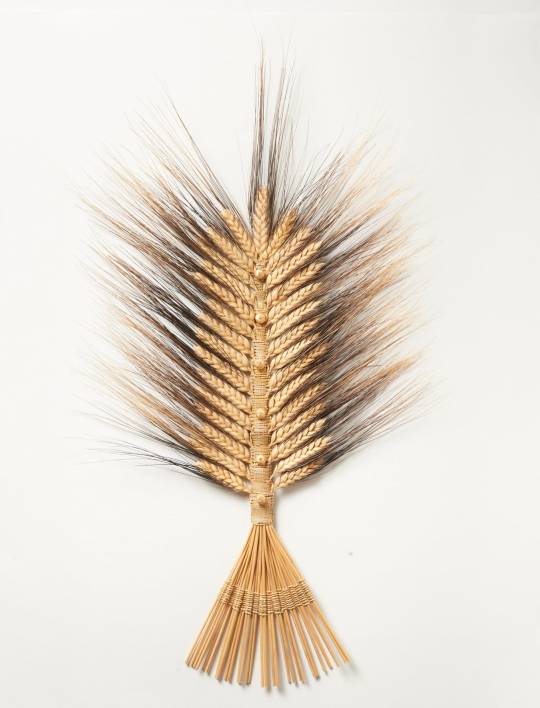
Emma Bruschi’s Rye Sculptures Celebrate the Humble Elegance of Ancient Harvest Rituals
484 notes
·
View notes
Text

Karola Pezarro Conjures Hidden Thoughts and Emotions Through Gauzy Embroidered Portraits
241 notes
·
View notes
Text

Mike Kelley, ArtistCraft Morphology Flow Chart , 1991
Medium
Mixed-media installation: dolls and figures, gelatin silver prints, acrylic on paper, folding banquet tables, folding card tables
Dimensions
Dimensions variable
Credit Line
Collection Museum of Contemporary Art Chicago Gift of Lannan Foundation, 1997.41. Photo: Nathan Keay, © MCA Chicago
Mike Kelley arranged these found, handmade figures in much the way that specimens would be ordered in a laboratory or displayed in a natural history museum, highlighting the museum's role of collecting, preserving, and displaying. By using a prescribed framework to organize cast-off personal artifacts, Kelley reveals the cataloging of objects as a portrait of vested interests and cultural mores. Black-and-white photographs of some of the figures hang on adjacent walls, reminiscent of both mug shots and typological photographic projects like those of the German photographers August Sander and Bernd and Hilla Becher. Even when Kelley used a clear system for grouping types of toys (as with the table of sock monkeys), each object is markedly different from the next, revealing the limits of the makers' skill and their aesthetic and cultural biases. What may previously have seemed like a simple toy becomes a marker of social context and exchange.
0 notes
Photo


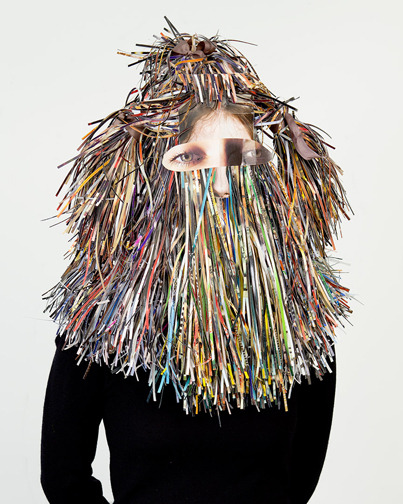


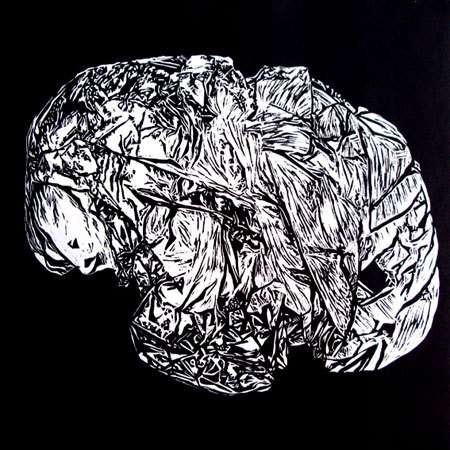
Viviane Rombaldi Seppey: My work is informed by my nomadism between countries, languages and ways of seeing or thinking. This immersion in various cultures has nourished my creative process. Being "out of place" and wanting to "fit in" led me to explore the narratives of the place. Part of my work is done with objects that physically and culturally reflect my own transplantation.Maps, phonebooks, books, photographs, collected objects are source materials used to describe the elusive meanings of places and my relation to them. My art is a way to investigate the surrounding world and in the making, try to make sense of my place in it. (images and text from http://www.vivianerombaldi.com/vivianerombaldi.html)
#vivianerombaldiseppey#viviane rombaldi seppey#paper#maps#phonebooks#magazines#photographs#books#woodblock
5 notes
·
View notes
Photo

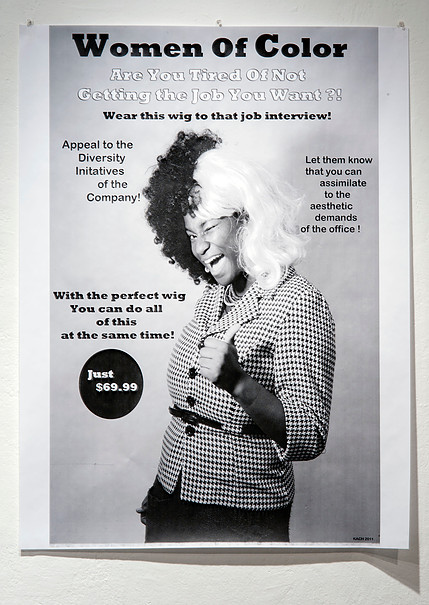



Kenyatta A.C. Hinkle is an interdisciplinary visual artist, writer and performer. Her practice fluctuates between collaborations and participatory projects with alternative gallery spaces within various communities to projects that are intimate and based upon her private experiences in relationship to historical events and contexts. A term that has become a mantra for her practice is the "Historical Present," as she examines the residue of history and how it affects our contemporary world perspective. Hinkle received her MFA in Art & Critical Studies Creative Writing from CalArts and BFA in Painting from the Maryland Institute College of Art. (text and images from http://www.kachstudio.com)
(top image) The Tituba Black Witch of Salem Series is rooted in Maryse Condé’s novel "I, Tituba: Black Witch of Salem", written in 1992. This piece of historical fiction captures the story of a woman of color who was a pivotal figure during the Salem Witch Trials. Fascinated by Condé’s depiction of Otherness, racism, gender, sexuality, as well as cultural and religious hegemony, Hinkle compiles an abstractly drawn narrative of Tituba’s experiences that intermingles with her own experience of inhabiting a black and pregnant body for the first time.
(middle two images) The Lineage of a Kneegrow Series is a body of work that interrogates the historical and contemporary labels that have been assigned to the black body. Riffing off of the homonym Negro/Knee Grow Hinkle creates an elusive identity that blurs fact and fiction allowing the viewer to enter into a a space in which the dichotomies between self-hood vs. collective history and the negotiation between survival and becoming through language take form. Hinkle utilizes performance, educational tools and office supplies to create intertextual dialogues concerning blackness. She also uses sources from: Blaxxploitation film, overheard conversations, racial slurs, rap music, pedigree charts, phrenology charts, religious texts, letters of complaint and overheard conversations.
(bottom two images) This series focuses on re-constructing the narratives that took place within late 19th century and early 20th century West African ethnographic photography taken mainly by French colonialist. The photo documentation and, sometimes exploitive constructions were mass produced on postcards and carte-de-vistes and distributed globally. Hinkle uses the metaphor of disease as a meditation on colonialism and postcolonialism interpreted through poetically drawing the act of a virus entering the body in question and rendering the body as a host, in which several mutations occur for the survival of the virus. She links this relationship to the French occupation of Africa and the black female body as a charted territory. Through manipulating the scale of the images and creating interventions through drawing and painting on top of the photos, Hinkle interrogates the power dynamics between the gaze, the subject and the viewer through a term that she has coined: The Historical Present. This term is a means to navigate the residue of history through examining the exotification, and the perception of the black female body when taken out of context through the view of the Other.
#kenyattaachinkle#kenyatta a. c. hinkle#colllage#watercolor#performance#black female body#blackness#women of color#wiitch#otherness
3 notes
·
View notes
Photo







The paintings and ceramic sculptures of Elif Uras explore what she describes as “shifting notions of gender and class within the context of the struggle between modernity and tradition.” Uras’s sculptures are made onsite in Iznik, Turkey (originally Nicaea, named after a nymph in Greek mythology), a town celebrated for its tile and ceramic production during the Ottoman Empire. Uras’s imagery merges traditional nonfigurative Turkish art with the Western figurative tradition, while also exploring the representation of the female body across cultures.
Historically, Iznik reflected the patriarchy of the traditional society, with male artists and craftspeople producing work that adorned the walls of spaces mostly limited to men, such as their segregated quarters in mosques and baths. In Iznik today, women are very dominant in both the management and labor of ceramic production. Uras’s sensous vessels reflect this transformation of gender roles by placing the female figure center stage. Whether depicting women farming olives and making pottery—two industries that connect the present with the past—or alluding to the pregnant body, Uras’s vessels and plates populate the gallery with distinctly feminine forms and imagery. (text from http://aldrichart.org/article/nicaea)
2 notes
·
View notes
Photo
Doris Salcedo was born in 1958 in Bogotá, Colombia. Salcedo earned a BFA at Universidad de Bogotá Jorge Tadeo Lozano (1980) and an MA from New York University (1984). Salcedo’s understated sculptures and installations embody the silenced lives of the marginalized, from individual victims of violence to the disempowered of the Third World. Although elegiac in tone, her works are not memorials: Salcedo concretizes absence, oppression, and the gap between the disempowered and powerful. While abstract in form and open to interpretation, her works serve as testimonies on behalf of both victims and perpetrators. Even when monumental in scale, her installations achieve a degree of imperceptibility—receding into a wall, burrowed into the ground, or lasting for only a short time. Salcedo’s work reflects a collective effort and close collaboration with a team of architects, engineers, and assistants—and, as Salcedo says, “with the victims of the senseless and brutal acts” to which her work refers. (text from https://www.art21.org/artists/doris-salcedo)




#dorissalcedo#doris salcedo#installation#wood#furniture#chairs#tables#memorials#architecture#architectural intervention#everyday objects#mourning
3 notes
·
View notes
Photo








Virginia Poundstone’s practice spans photography, sculpture, video, and installation, and is exclusively focused on the history and botany of the flower and its socio-economic and cultural significance. (text from http://aldrichart.org/article/flower-mutations)
3 notes
·
View notes
Photo




Julia Bland’s large-scale works incorporate painting and weaving, exploring the structures and patterns that combine disparate elements into a whole. Ropes, painted canvas, and fabrics woven by the artist are stitched together, forming boundaries that further bind the work – warp to weft, image to object. The surface is a visible record of Bland’s evolving and multi-faceted process.
Bland utilizes abstraction to negotiate the space between geometry, symbolism, and representation. Shapes emerge – an arrow, a shelter, a canyon, a figure – seemingly familiar, universal, and archaic. While the compositions incorporate structures that imply pure or timeless forms, color and materiality evoke an embodied visual experience. This contrast generates a transient exchange between subjectivity of personal memory and consciousness of the infinite or eternal. (from http://onstellarrays.com/exhibitions/exhibitions/2015-2016/julia-bland/)
1 note
·
View note
Photo






Alfredo and Isabel Aquilizan
Alfredo Juan (born in Ballesteros, Cagayan Philippines in 1962) and Isabel Aquilizan y Gaudinez (born in Manila, Philippines in 1965) are currently based in Brisbane with their five children. The artist couple’s collaborative activities evolved within the spheres of family and community, including personal relationships and those they share with other artists. For years they have been exploring the meaning of 'home' and a sense of 'belonging' while travelling extensively for work, finding and defining the notion of 'identity', dealing with hardships of journey, displacement, sensing presences in absence and accumulating memory. They continue to process these issues through materials and objects that are both abstract and referential, objects that serve as metaphors of everyday human life. For the past ten years they have continuously collected fragments of their protracted Project Be-longing (1997-2007), an artistic collaboration spanning ten years. They are currently working on a new project entitled Another Country that talks about migration, dislocation, diaspora, adopting/adapting, settlement/resettlement, and identity. [text from http://www.acaw.info/?page_id=11295]
(5th image)
Commonwealth: Project Another Country (2013), an interactive installation comprising tin crowns handmade from recycled oil cans. Viewers are encouraged to try on a crown and pose for a selfie in front of a mirror etched with the hashtag #everybodywantsacrown. This installation, along with others in the show, is indicative of the artists’ core concept, which is to encourage collective and individual dialogues that ultimately become the driving force behind their work. [text from http://www.sundaramtagore.com/exhibitions/alfredo-and-isabel-aquilizan/installations?view=slider]
(6th image)
The first of the site-specific installations was created in 2015 in Yogyakarta, Indonesia, with a group of artists, blacksmiths and farmers. Symbolizing the complex social and political realities facing contemporary agrarian communities in Asia, immense, wing-like sculptures made from hand-forged sickles are hung and counter-balanced by sacks of rice, alongside photographs of farmers with video, sound and drawings. This project is now in the permanent collection of the Singapore Art Museum. A second version of the series was created in 2016 in Tabaco City, Philippines, a small village known for its knife-making industry and its profusion of leftist groups. This is an ongoing project with more wings slated for production in Cambodia, Vietnam and Taiwan. [text from http://www.sundaramtagore.com/exhibitions/alfredo-and-isabel-aquilizan/installations?view=slider]
#alfredo aquilizan#isabel aquilizan#alfredo and isabel aquilizan#filipino#philippines#cars#metalwork#found objects#found materials#boats#wings
0 notes
Photo

Maximum Sensation - Mounir Fatmi, 2010.
Contemporary Art/Installation - Plastic, metal and textile, dimensions variable.
Permanent Collection of the Brooklyn Museum, New York City.
(Experienced this in person, October 2012)
9K notes
·
View notes